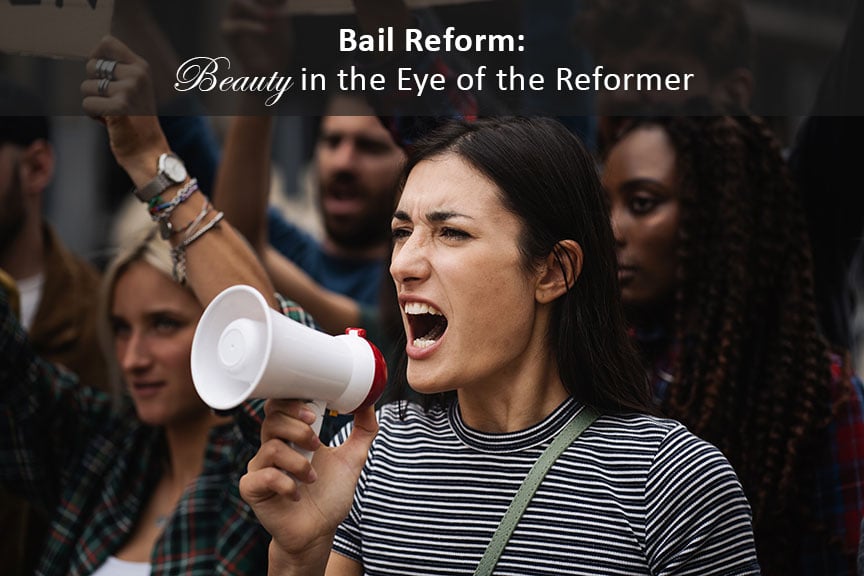When the Data Can’t Speak for Itself…the Activists Speak for it
Posted by adminin Blog, NewsBEHIND THE PAPER WITH ERIC GRANOF When the data can’t speak for itself…the activists speak for it Is it just me or does it seem like every other day now there is an article touting the success of bail reform? In the past few of…
The Power of Public/Private Cooperation: Improving Criminal Justice for Everyone
Posted by adminin Blog, NewsBEHIND THE PAPER WITH ERIC GRANOF The Power of Public/Private Cooperation: Improving Criminal Justice for Everyone This past week the AIA Team spent some time in Raleigh, North Carolina. This trip, however, was different than previous ones. We weren’t there to meet with agents or…
California Finally has a Chance to Lead the Country in Something Worth Talking About: Removing Progressive District Attorneys
Posted by adminin Blog, NewsBEHIND THE PAPER WITH ERIC GRANOF Removing Progressive District Attorneys California has always touted itself as a leader across the country when it comes to progressive ideas and policies. So much so, that when California comes up with a new radical progressive policy, it doesn’t…
The Pendulum of Justice: Let ‘em out, Lock ‘em up
Posted by adminin Blog, NewsBEHIND THE PAPER WITH ERIC GRANOF Over the past decade we have witnessed a giant swing of the pendulum in the criminal justice system from tough on crime policies to soft on crime policies and back again. These erratic swings have been created by knee…
Bail Reform Victory: The Jails are Less Full
Posted by adminin Blog, NewsBEHIND THE PAPER WITH ERIC GRANOF This past week, the AIA Surety team attended the Professional Bail Agents of the United States (PBUS) Conference in Las Vegas. The conference took place at the Luxor hotel and casino and despite the 10,000 Keller Williams realtors that…
United We Stand, Divided We Fall
Posted by adminin Blog, NewsBEHIND THE PAPER WITH ERIC GRANOF This past week, the AIA Surety team attended the Professional Bail Agents of the United States (PBUS) Conference in Las Vegas. The conference took place at the Luxor hotel and casino and despite the 10,000 Keller Williams realtors that…
‘Black Mamas’ Bail Out in LA, National Demand for Bail Reform
Posted by adminin Blog, NewsMaybe the Essie Justice Group and the Los Angeles County Board of Supervisors should do a little research before they start complaining about the bail system in Los Angeles and dishing out millions of taxpayer dollars to fund ineffective pretrial programs. According to this latest…
Bail Reform: Beauty in the Eye of the Reformer
Posted by adminin Blog, NewsBEHIND THE PAPER WITH ERIC GRANOF If you ask anyone you pass on the street in Los Angeles and ask them what the number one issue California is facing, they will say crime. If you ask anyone on the street in New York what is…
Attorney General Bonta Announces Felony Charges Against Members of Statewide Organized Retail Theft Ring
Posted by adminin Blog, NewsIs Rob Bonta getting tough on crime? We don’t think so. For such a big bust, and as many as 27 felony charges for this crime ring, why is it that the LA Sheriff’s Office only shows 2 people still in custody on these charges?…
How Can Rob Bonta Be Attorney General?
Posted by adminin Blog, NewsBEHIND THE PAPER WITH ERIC GRANOF For the past 4-5 years Rob Bonta has been one of the loudest voices for Bail Reform in California. In fact, he hasn’t only been a loud voice for bail reform, he has been a champion for criminals all…










